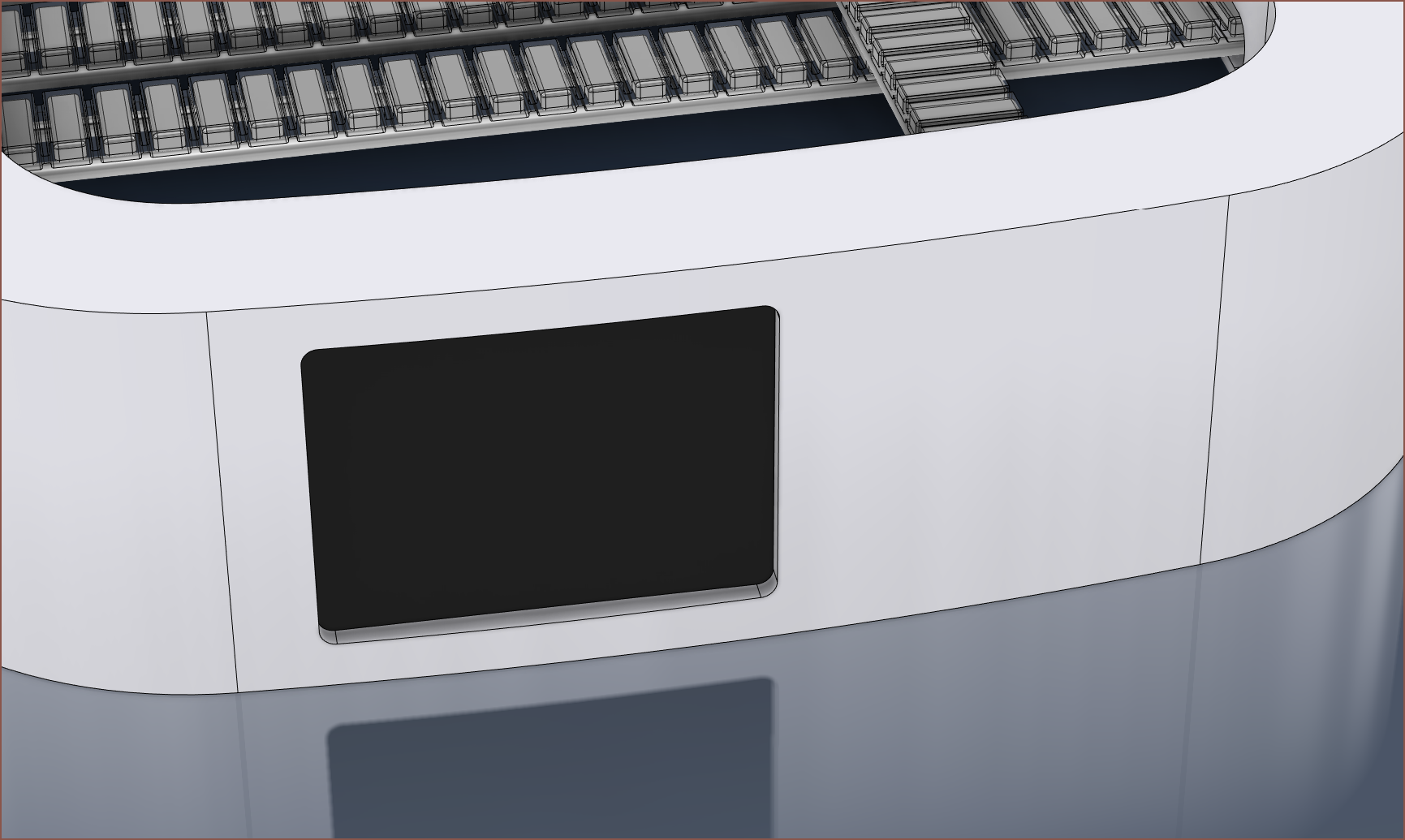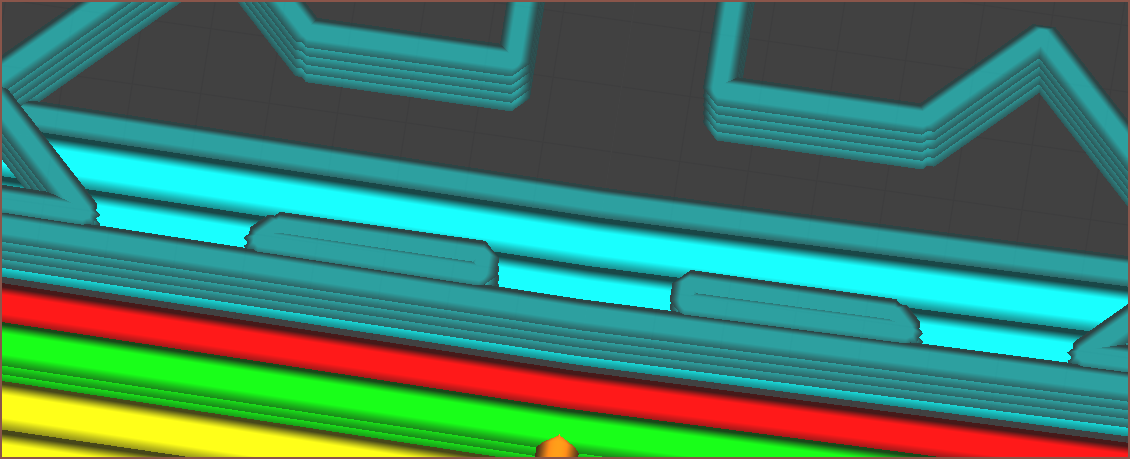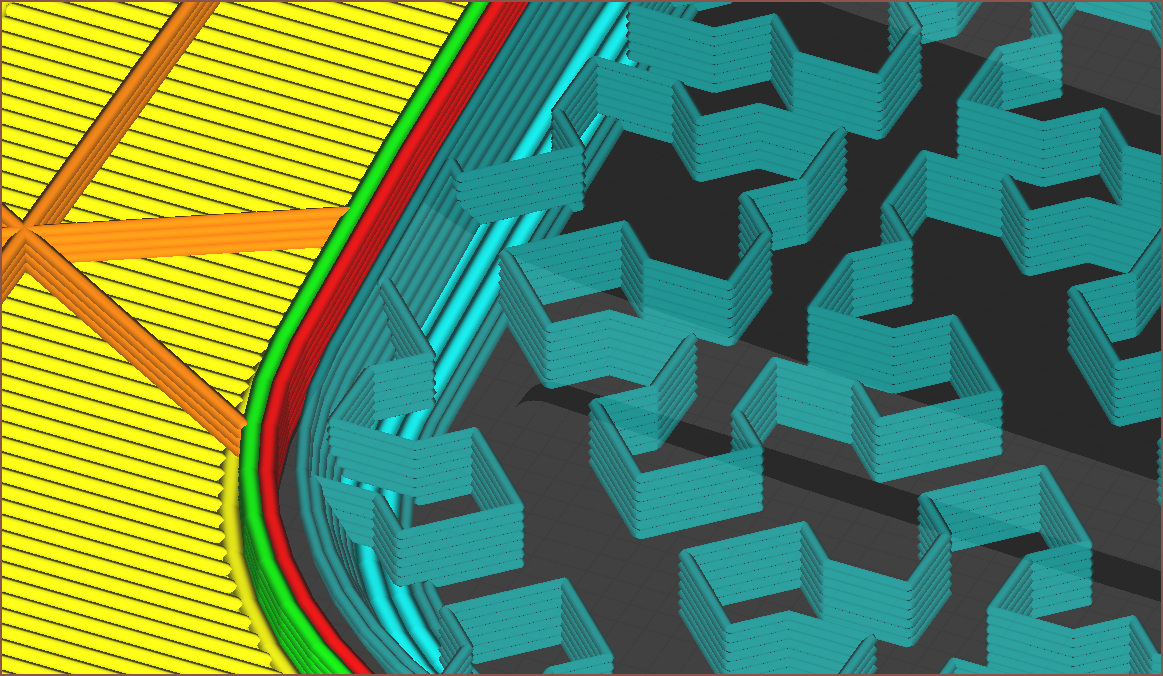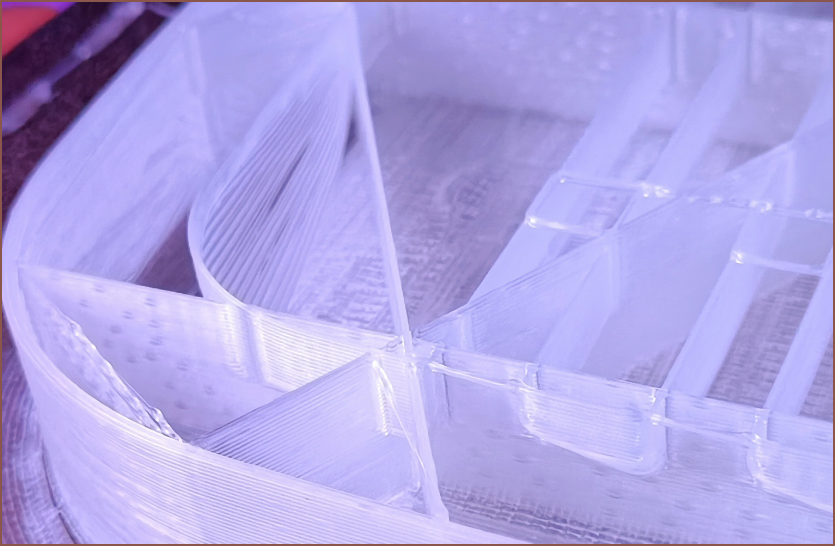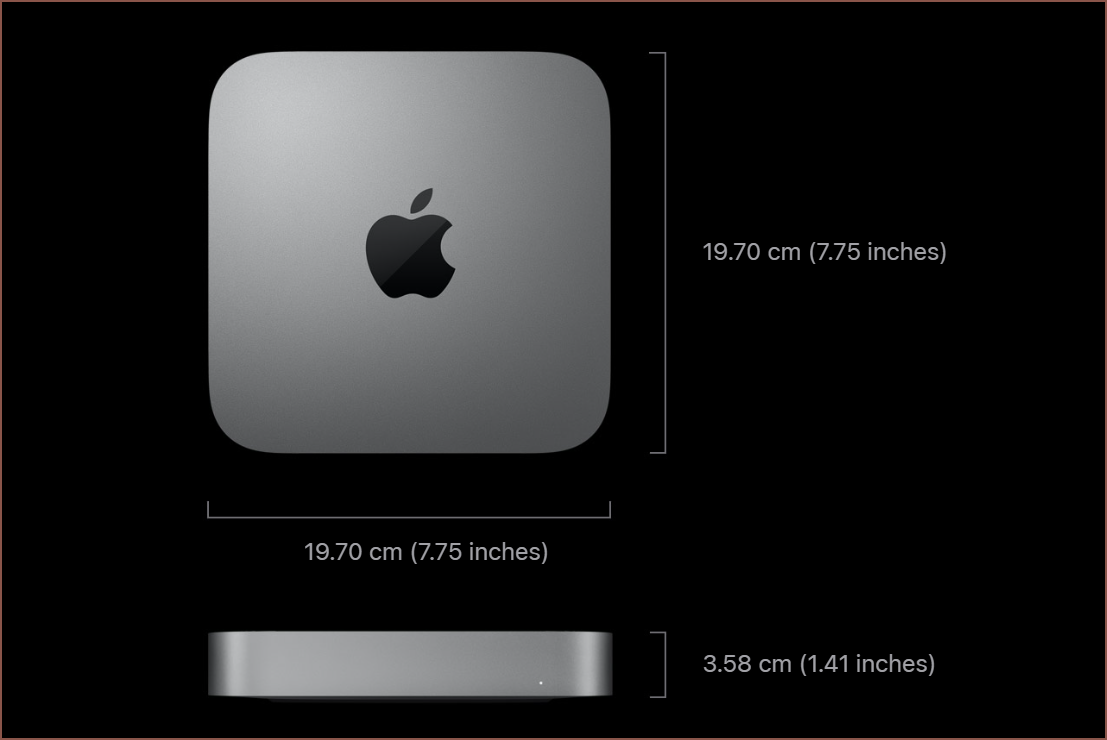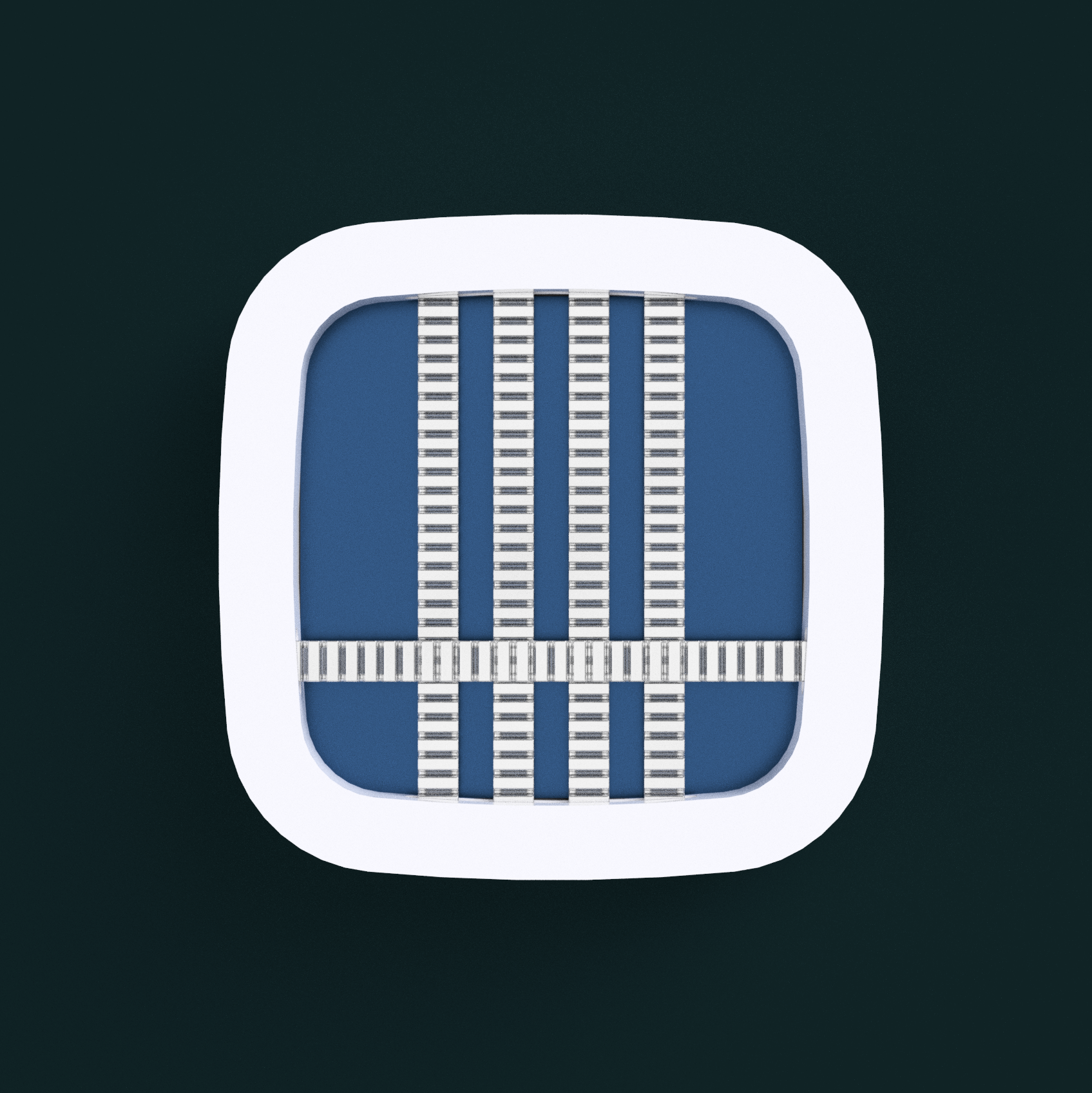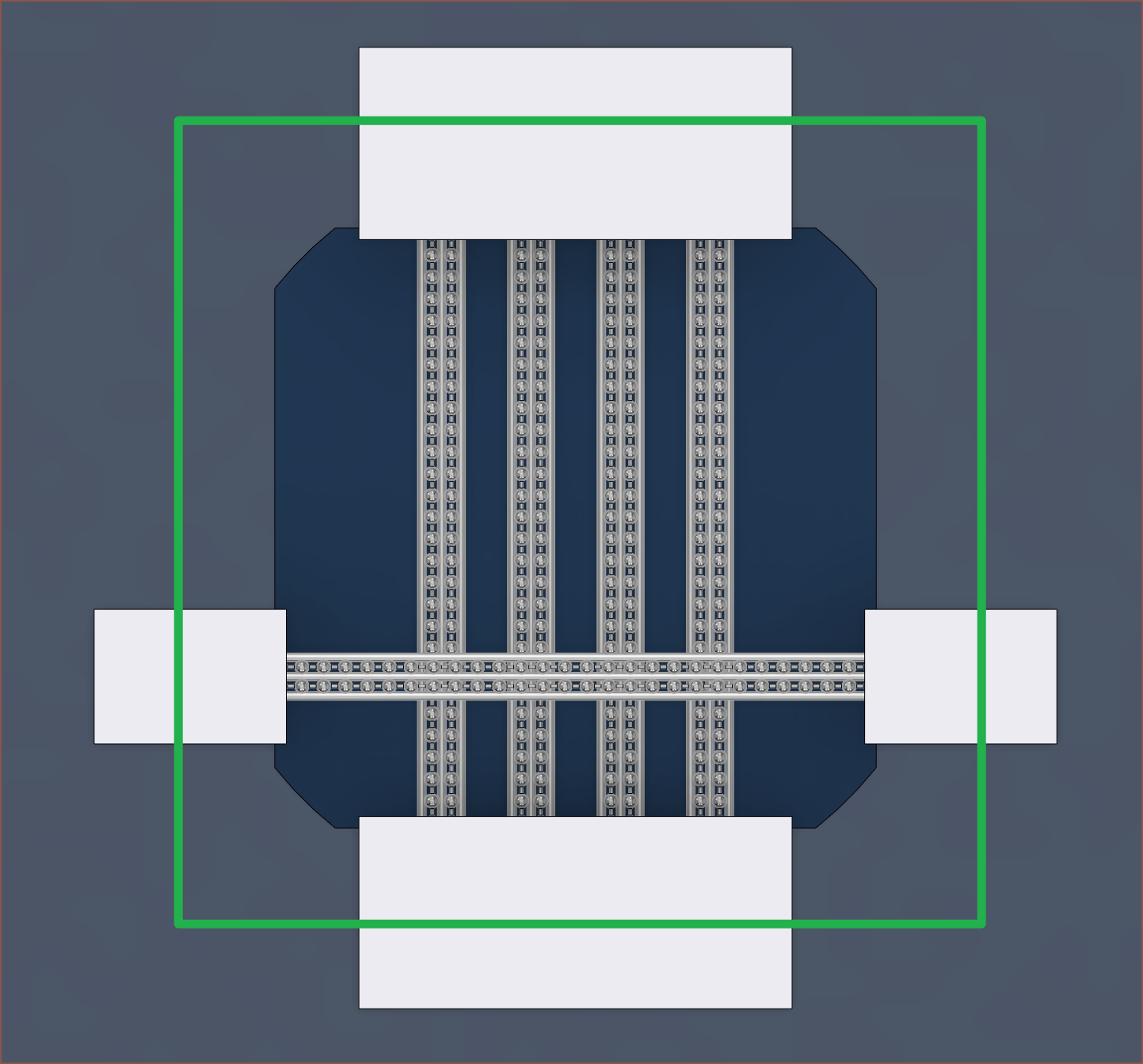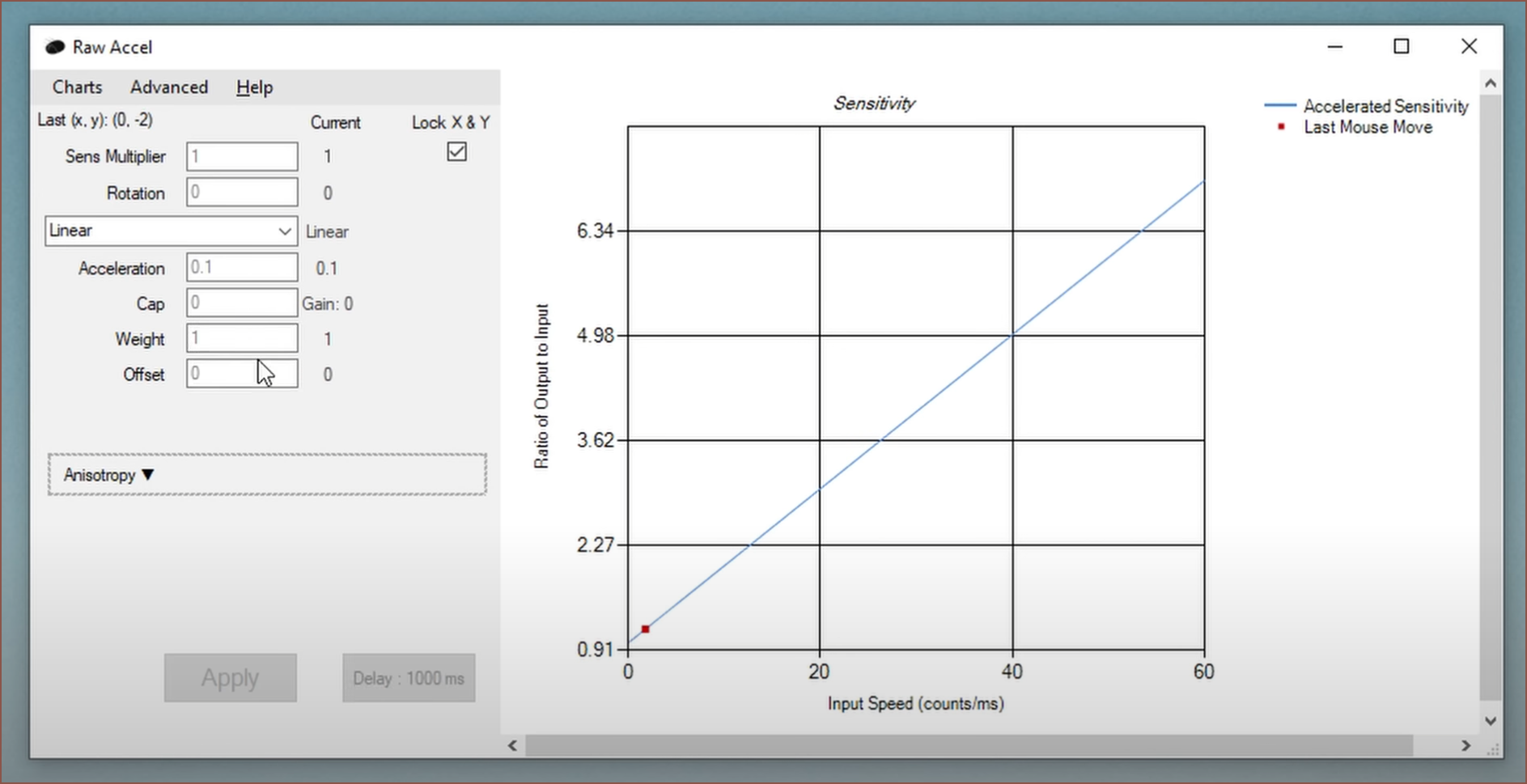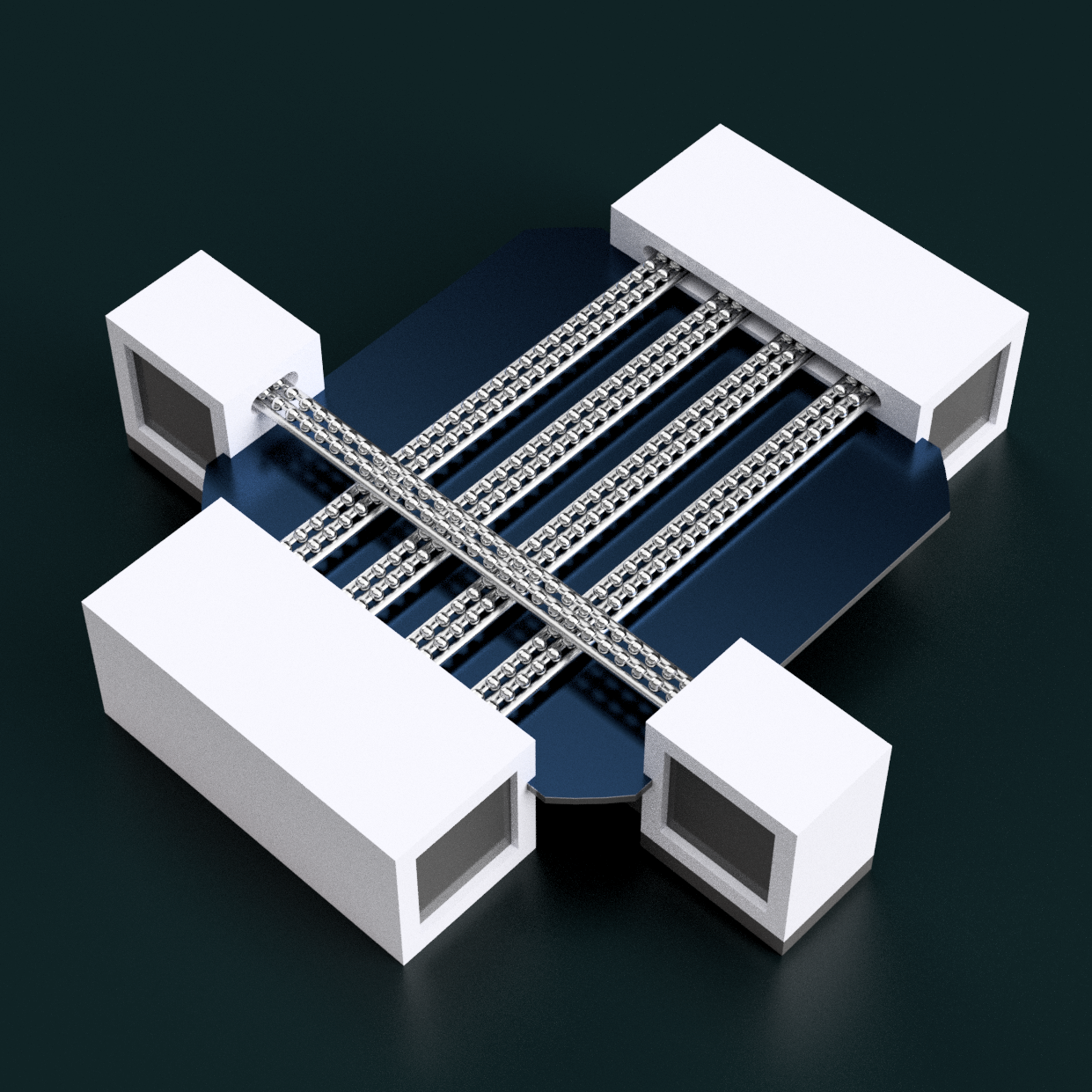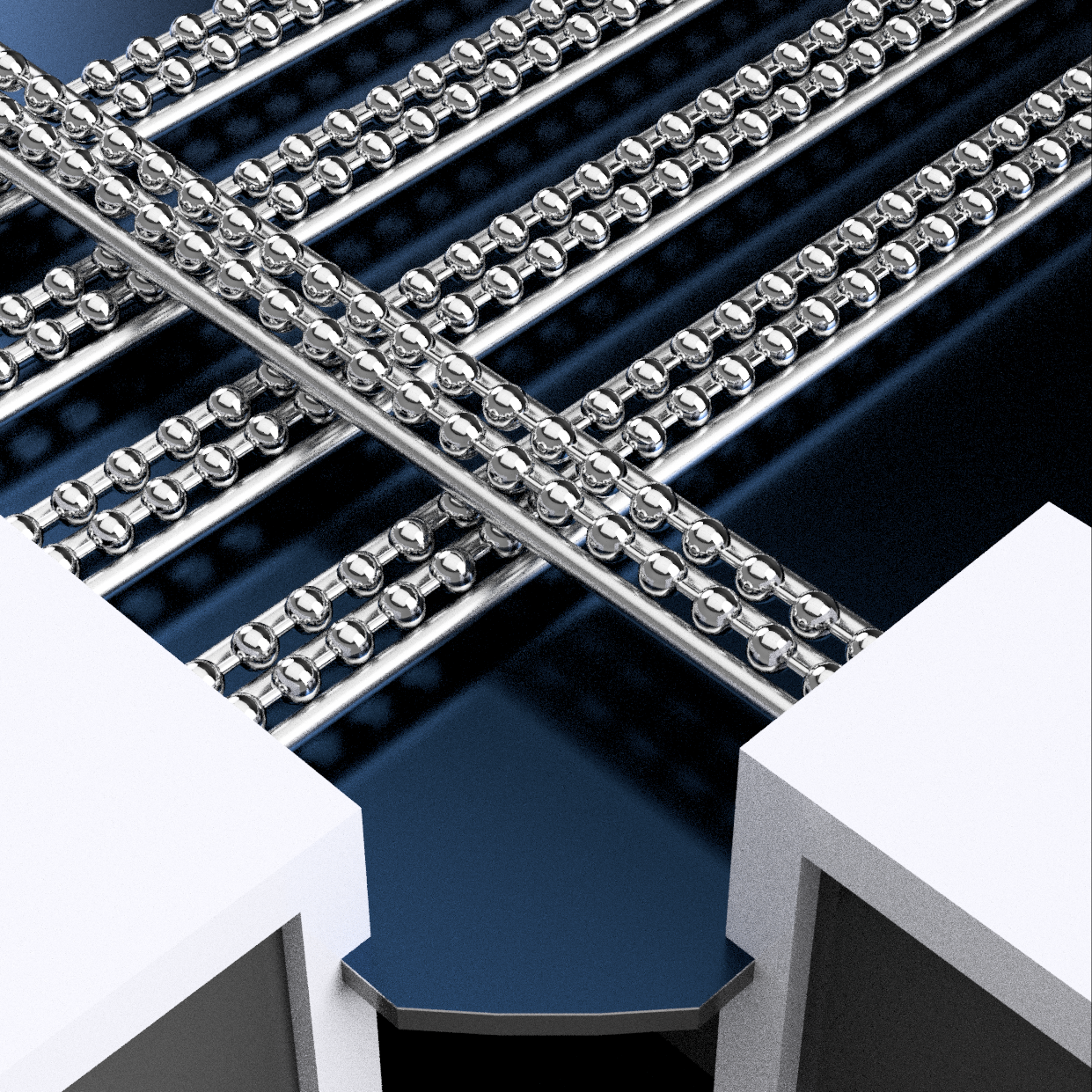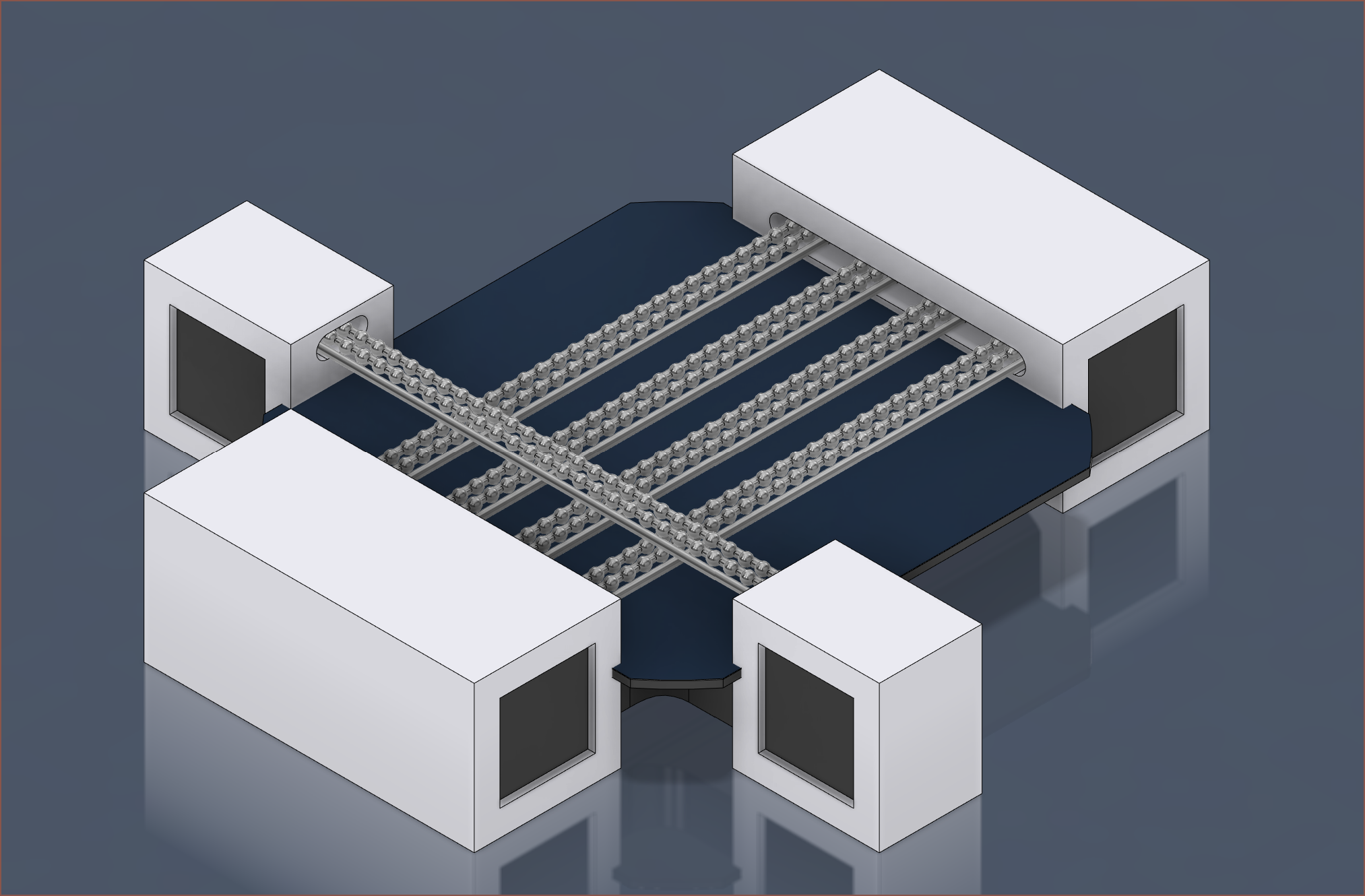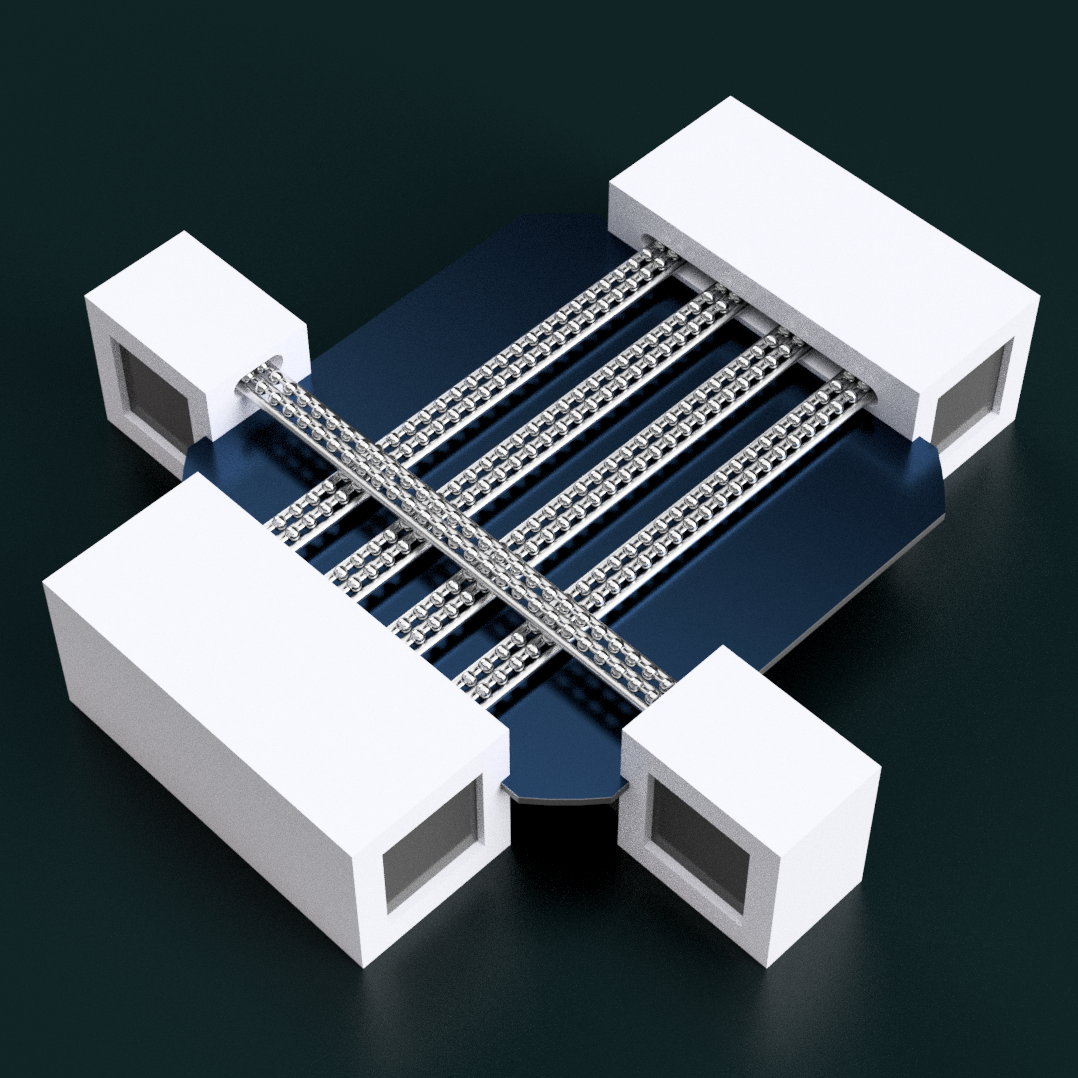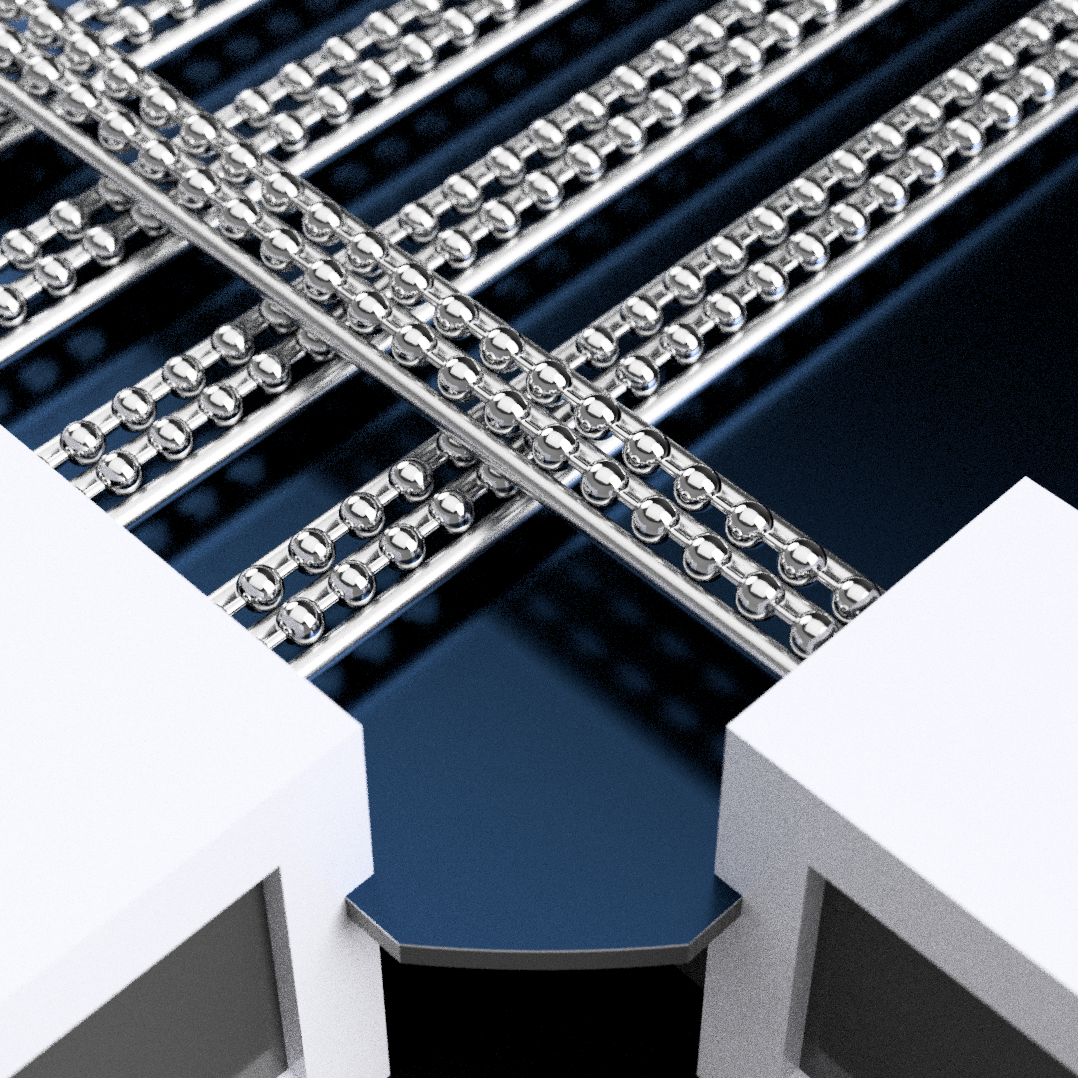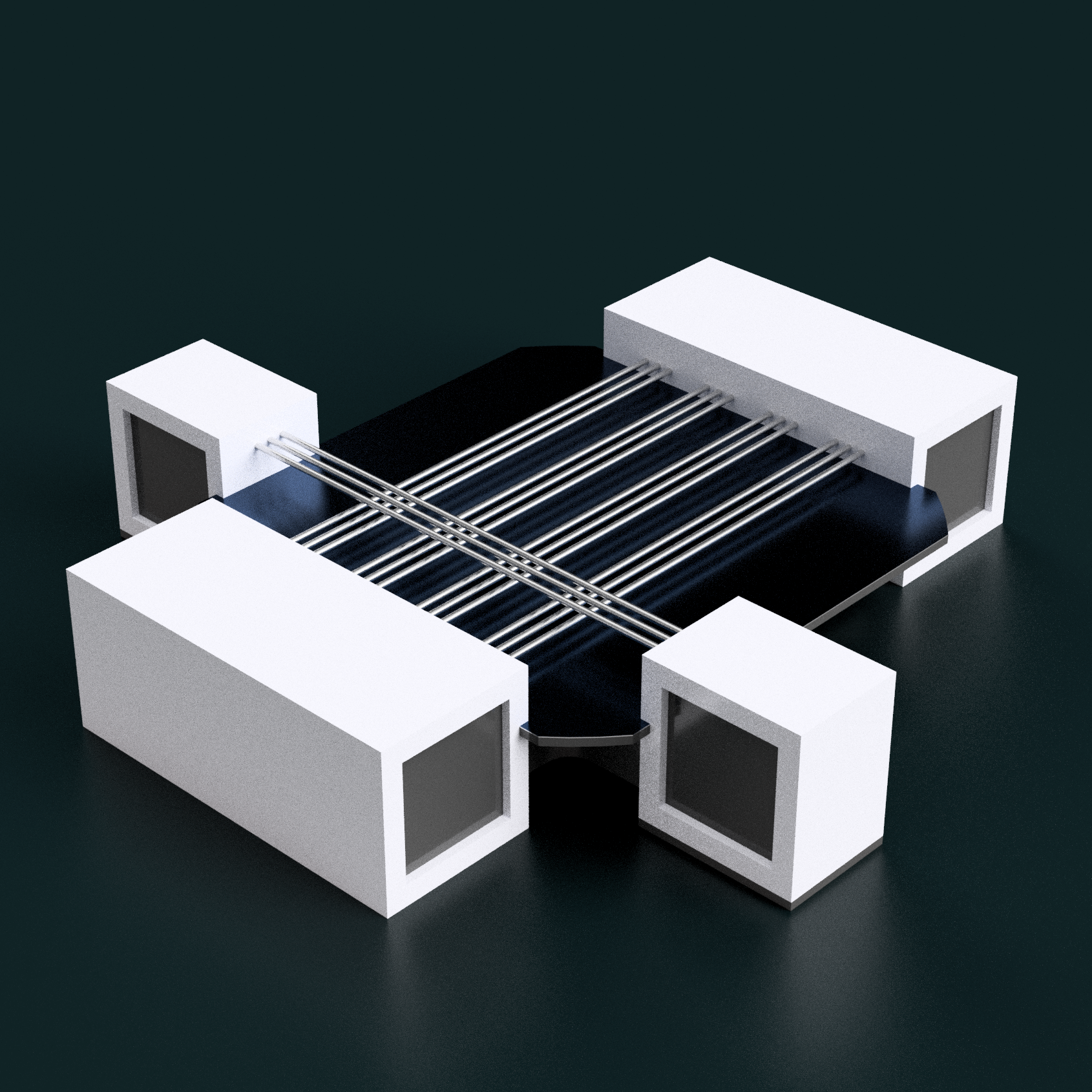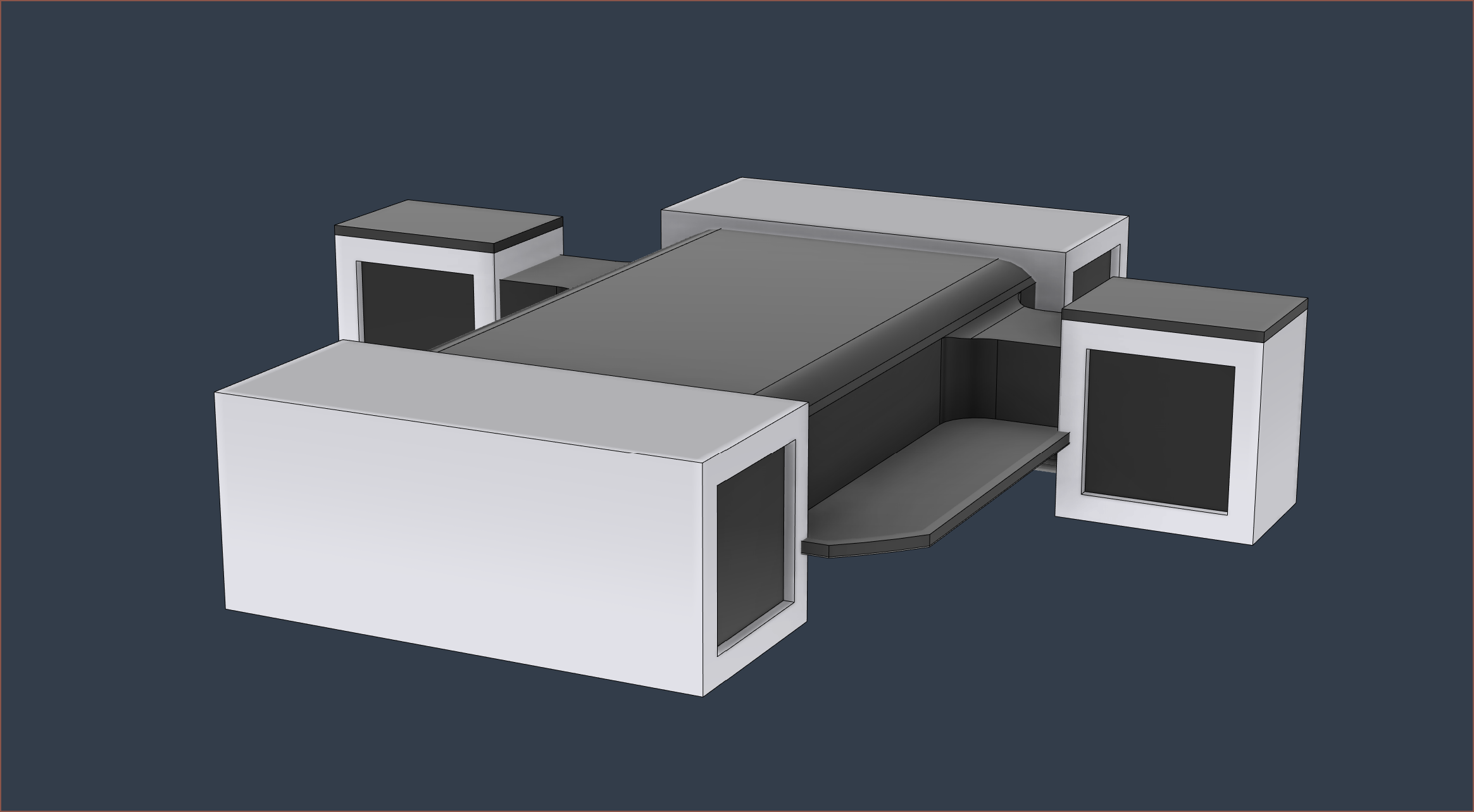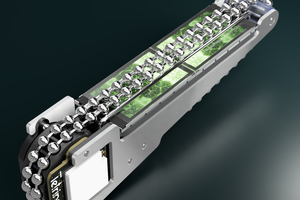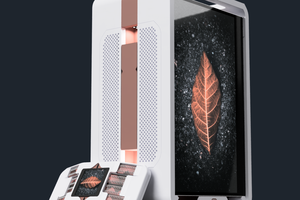Media
Inspiration and/or examples of working principle
Imagine that each slider has the features of the below knob:
Navigation
Prior Reading
Contents
The title tag system is explained here, and the table is updated when a change occurs. Notable logs have bold L# text.
Preface
[2024 - Jan 13]
Personally, I feel like this kind of device could've existed in 2014. I'm not actually trying to make a futuristic looking / sounding device, just one that fulfils my needs so that I can start work on my other large projects and life goals.
For the most part, this is the continuation of #Tetent [gd0090], with the difference of not needing to fit into #Teti [gd0022] and has solar charging as a main requirement.
 kelvinA
kelvinA



